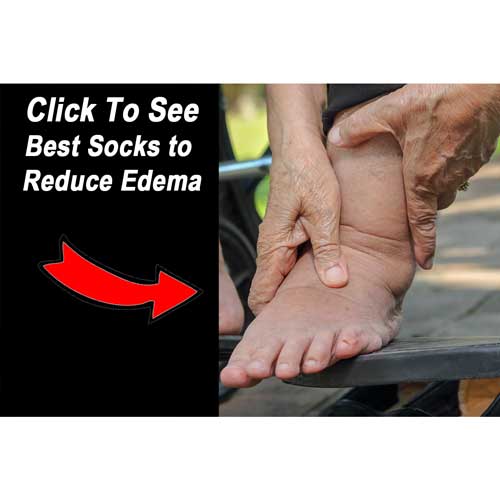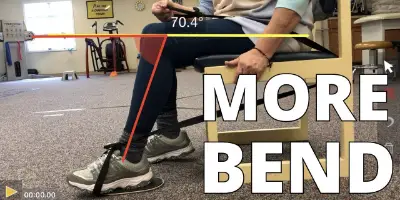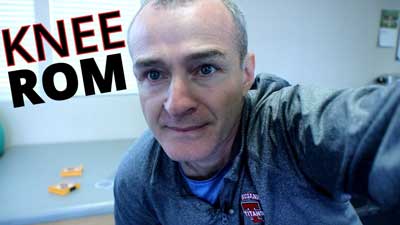Do Toe Spacers Help Bunions
Yes, toe spacers help bunions by mechanically realigning the great toe with the natural structure of the medial foot and arch.
Toe spacers should initially be used for short periods of time, up to 20-minutes a day during the first week before increasing to several hours at a time after the break-in period.
The following video explains the anatomy of the foot and how our understanding of normal foot structure has changed over the years.
Do bunions require surgery?
No, not all bunions require surgery. In my physical therapy practice, I find many patients who present with other complications such as knee or ankle pain also have bunions.
When we correct problems in the foot (including the toes) we can often resolve problems in the rest of the leg.
In the video below I share some simple manual therapy techniques you can perform at home to reduce some of the harmful mechanical changes associated with bunions.
When is surgery required to treat a bunion?
After conservative measures have been exhausted and the bunion is causing your enjoyment of life to decline then surgery may be indicated.
If you find that you are becoming less active, spending less time with friends and family, or you are just too frustrated by the pain and annoyance of the bunion then it may be time for a consultation with a surgeon.
Can massage therapy help bunions?
Yes! Massage therapy may help to reduce the pain and soreness in the foot and arch. Massage therapy may also be a great option for the rest of the lower leg.
A bunion will often cause you to change the way you walk or the alignment of the lower leg relative to the knee and hip. This may result in muscle guarding and fatigue in the calf, hamstring, IT Band, and quadricepts.
Also, manual therapy can be a great way to reduce the negative effects of arthritis and reduce subjective pain.
In this video, I share my favorite manual therapy techniques which may be performed at home.
Related articles:
How to prepare for knee replacement surgery?
There is a lot you can do before your total knee replacement surgery to prepare. Step 1: Improve your cardiovascular fitness – your body will be dedicating much of its time and energy to repairing tissue. The better your heart and lungs are working the better your body can recovery. Step 2: Strengthen the rest of your body. While you are waiting on your knee surgery, you can strengthen the other 87% of your body. Step 3: Get your game face on. There will be plenty of mental and emotional challenges along the path to recovery. The better you prepare yourself to face these challenges the better you will be to overcome them.
Easiest Way To Increase Knee Bend At Home After A Total Knee Replacement Sitting – Real Patient
There are an infinite number of ways to bend your knee and all too often I see clients who have been told heel slides need to be completed while laying on your back. That simply isn’t the case. In this video I show you how to perform heel slides seated in a chair and using a strap to assist.
3 EASY Ways to Measure Knee Flexion at Home
Learn 3 easy ways to measure knee flexion at home.





